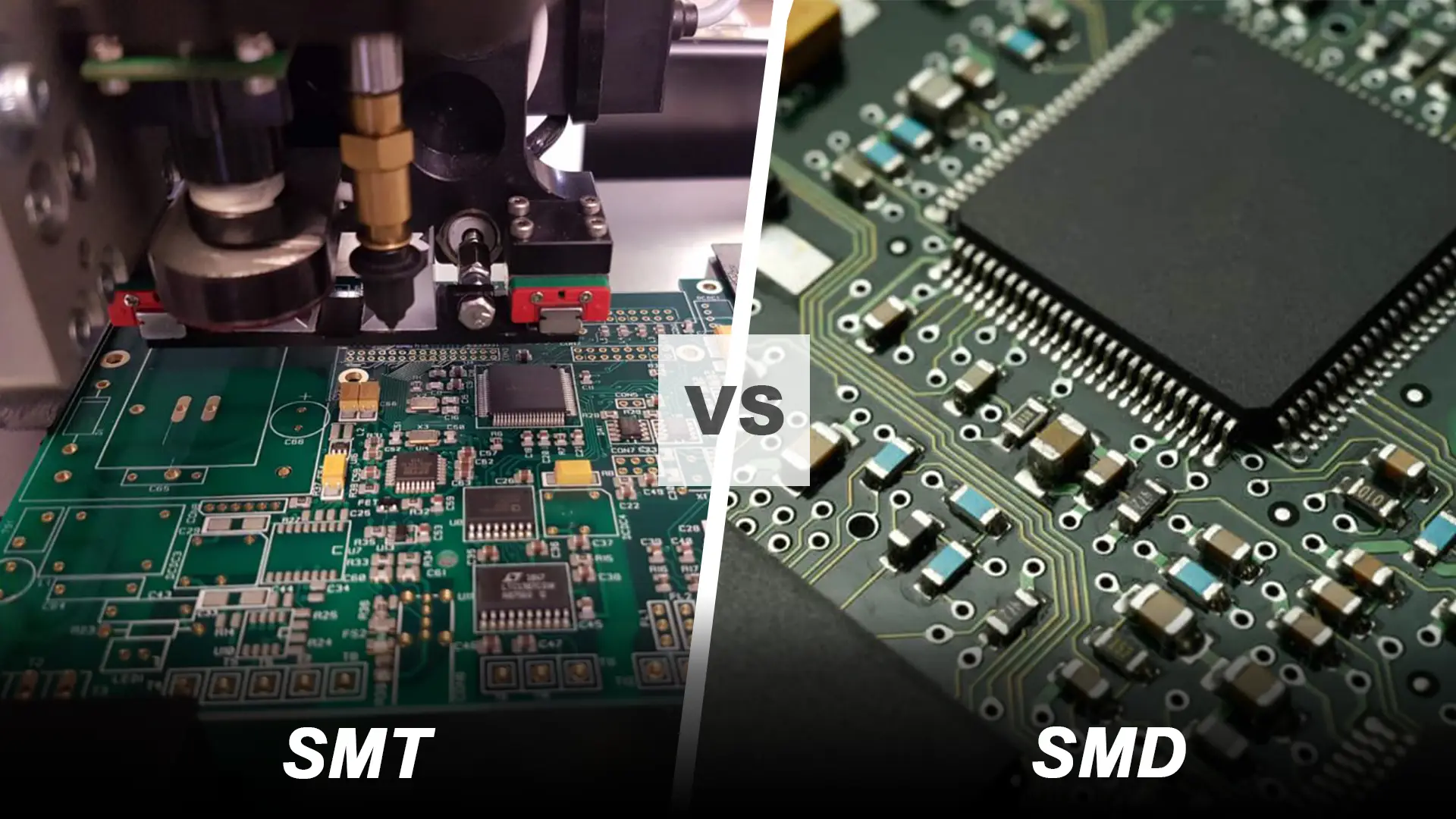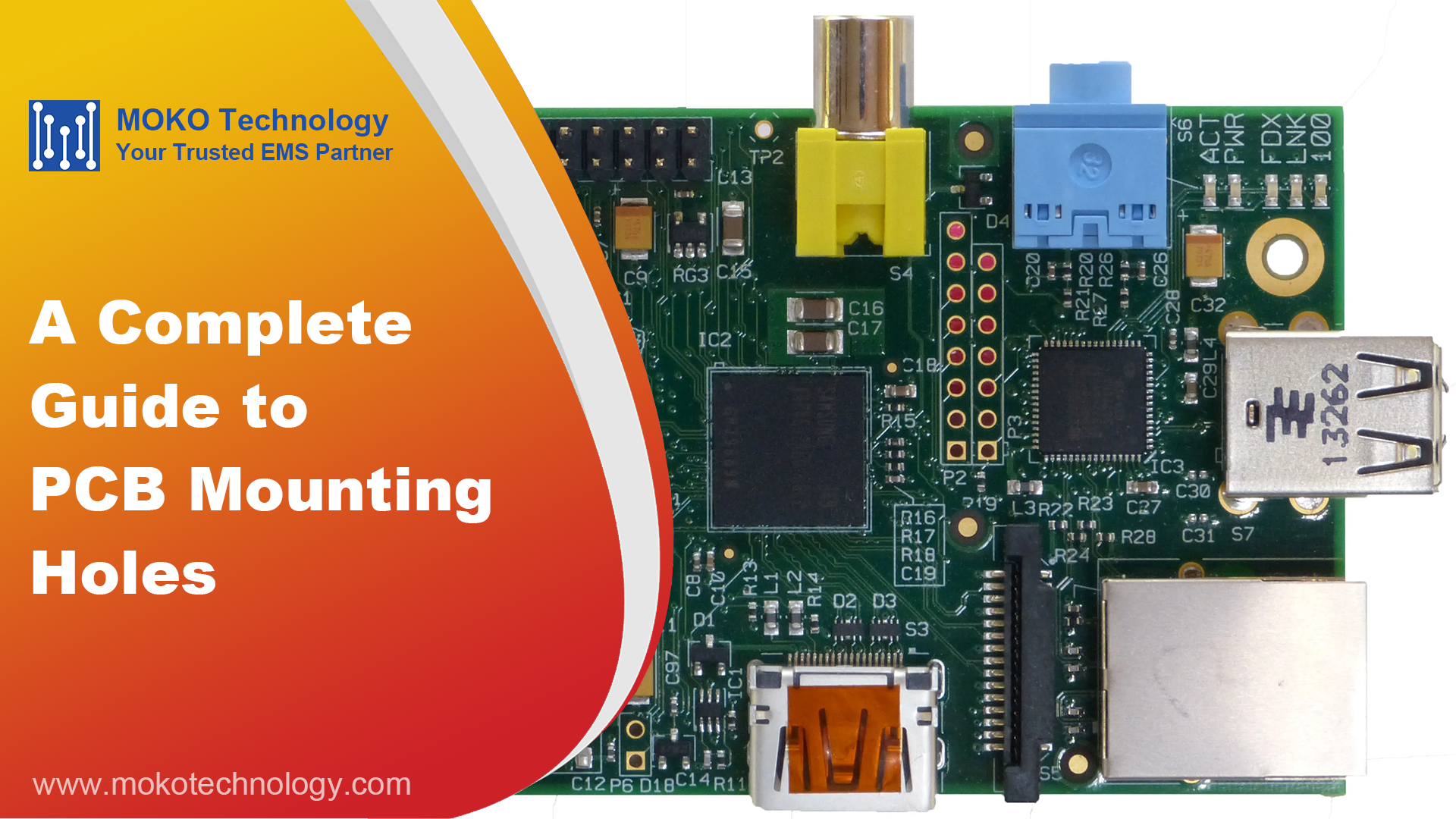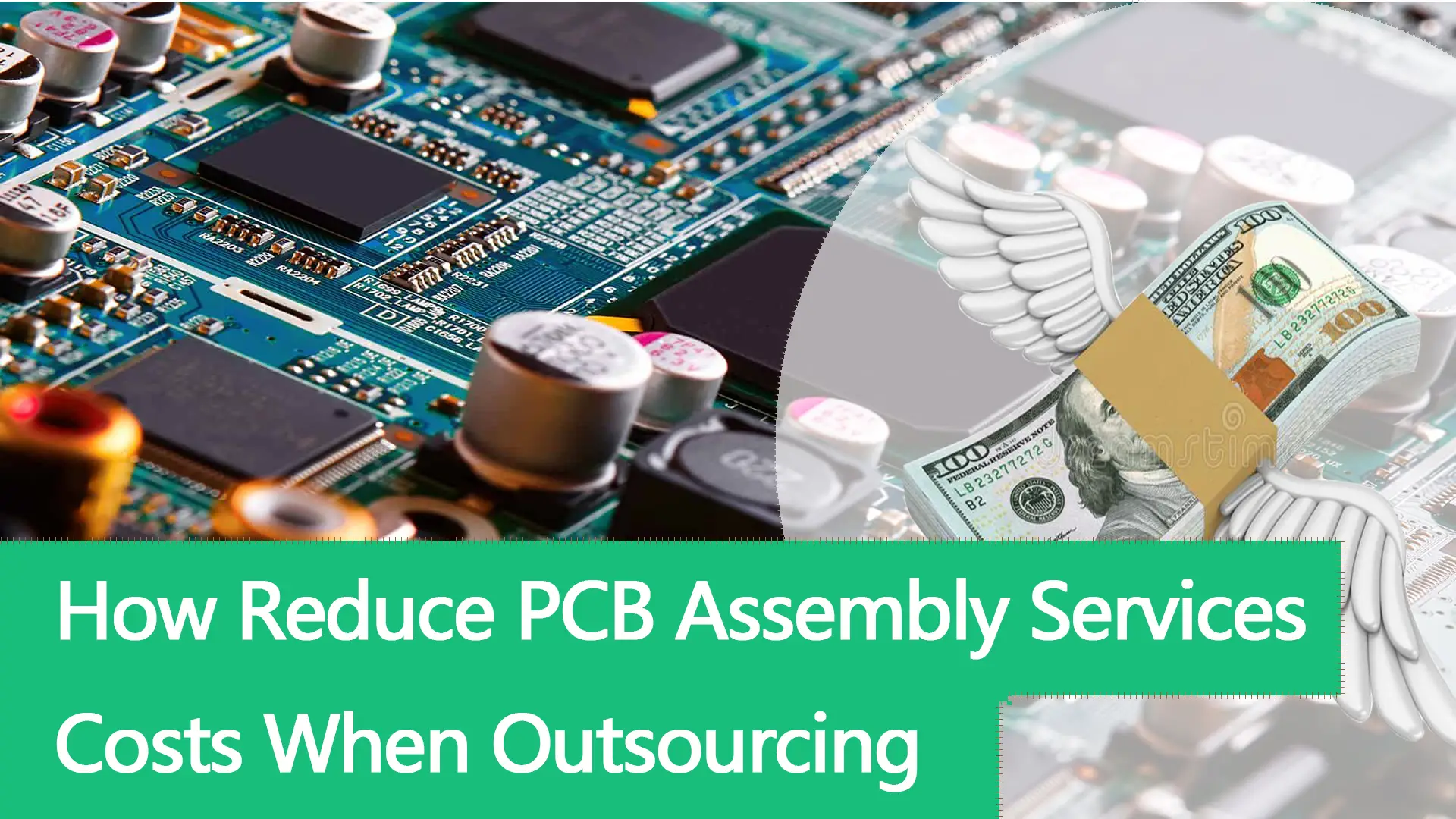While today’s computer-assisted manufacturing would make it relatively inexpensive to create and manufacture new styles of lead frames, tooling used to be much more complicated and expensive, and there were relatively few discrete sizes of chips.
As chip production increased, manufacturers may have had to produce new tools simply to keep up with demand. If one has four punches to produce DIP14 lead frames, one can only produce four such lead frames at a time. Contudo, they would have had more inclination to add tools for sizes that were slightly larger than existing ones than for sizes that were smaller. portanto, they could offer chips that could do things previously not possible.
The only real use for a 10-12 pin DIP would have been for an application where an 8-pin chip would have been insufficient, but a 14-pin part would have been too big. Even before the invention of surface-mount technology, there weren’t many such applications. Once surface-mount technology came on the scene, there really weren’t any. Someone, who needed a chip with 9-12 useful connections but couldn’t afford the size of a 14-pin DIP, wouldn’t use a 10-12 pin DIP. They’d use a surface-mount part instead.
consulte Mais informação: Guia para iniciantes em componentes SMD
#Assembléia PCB



